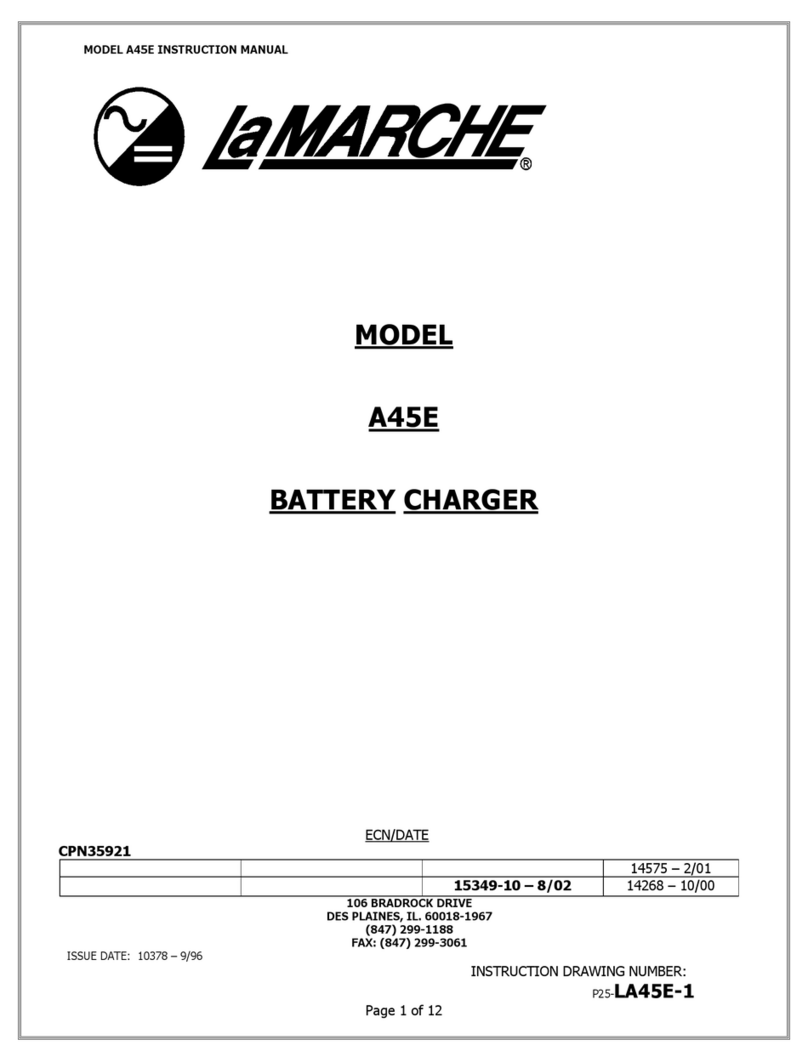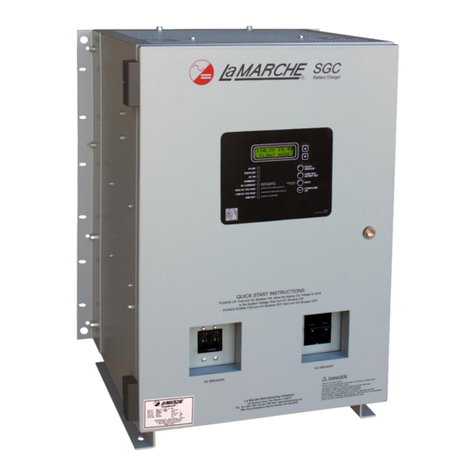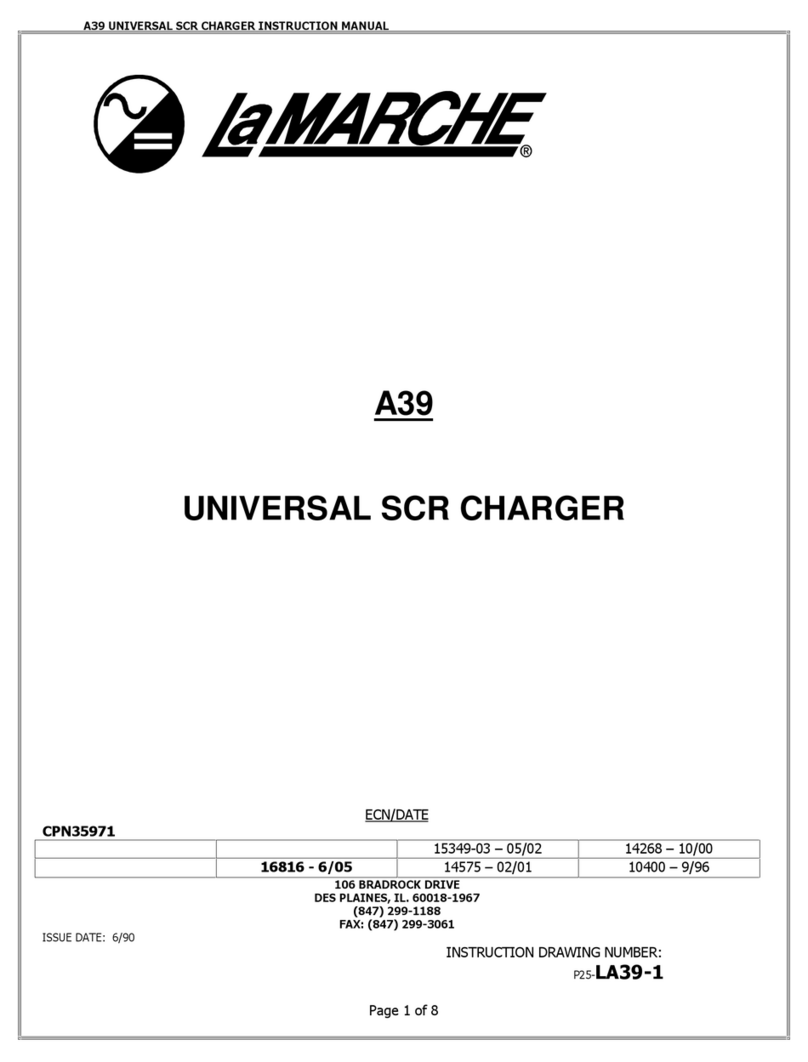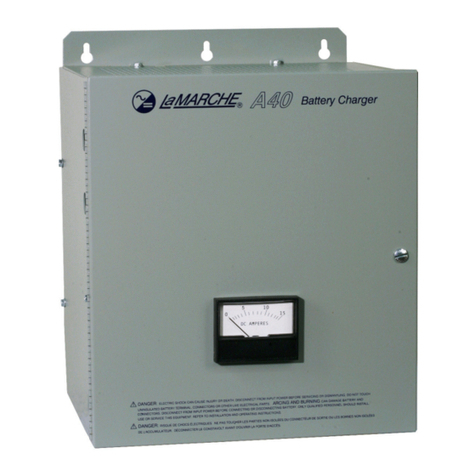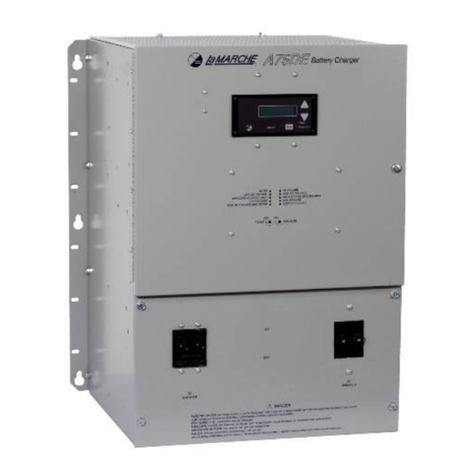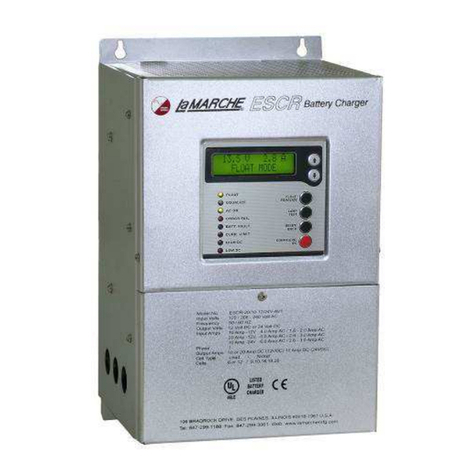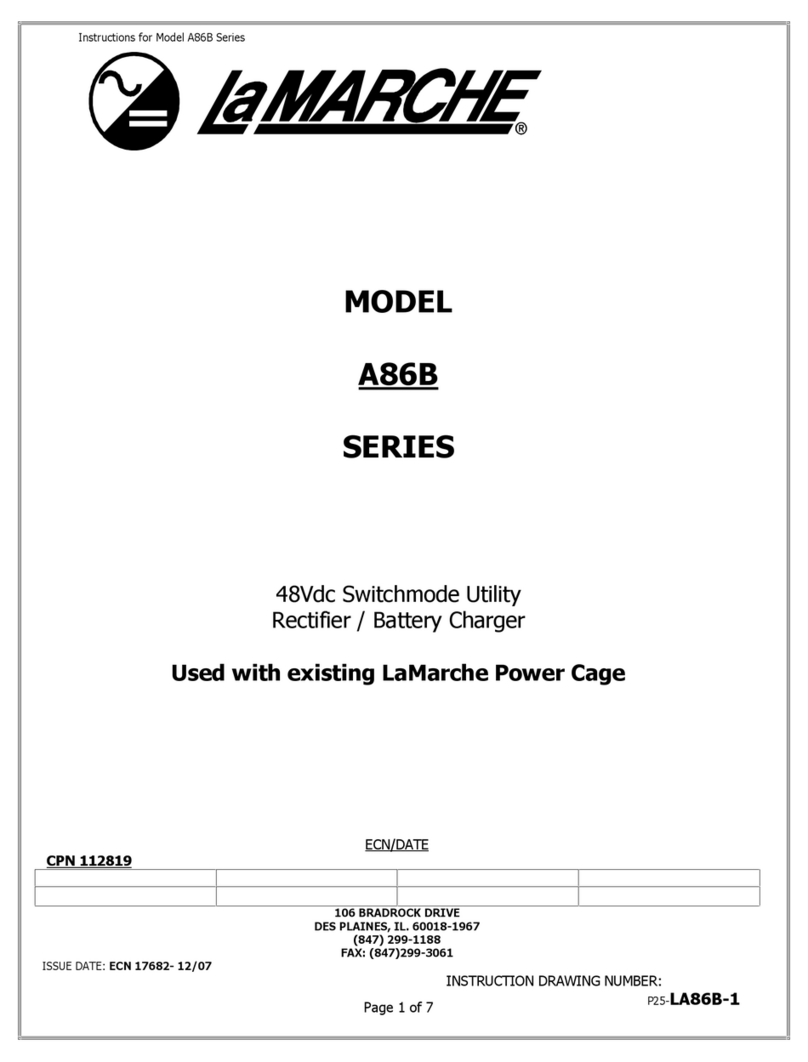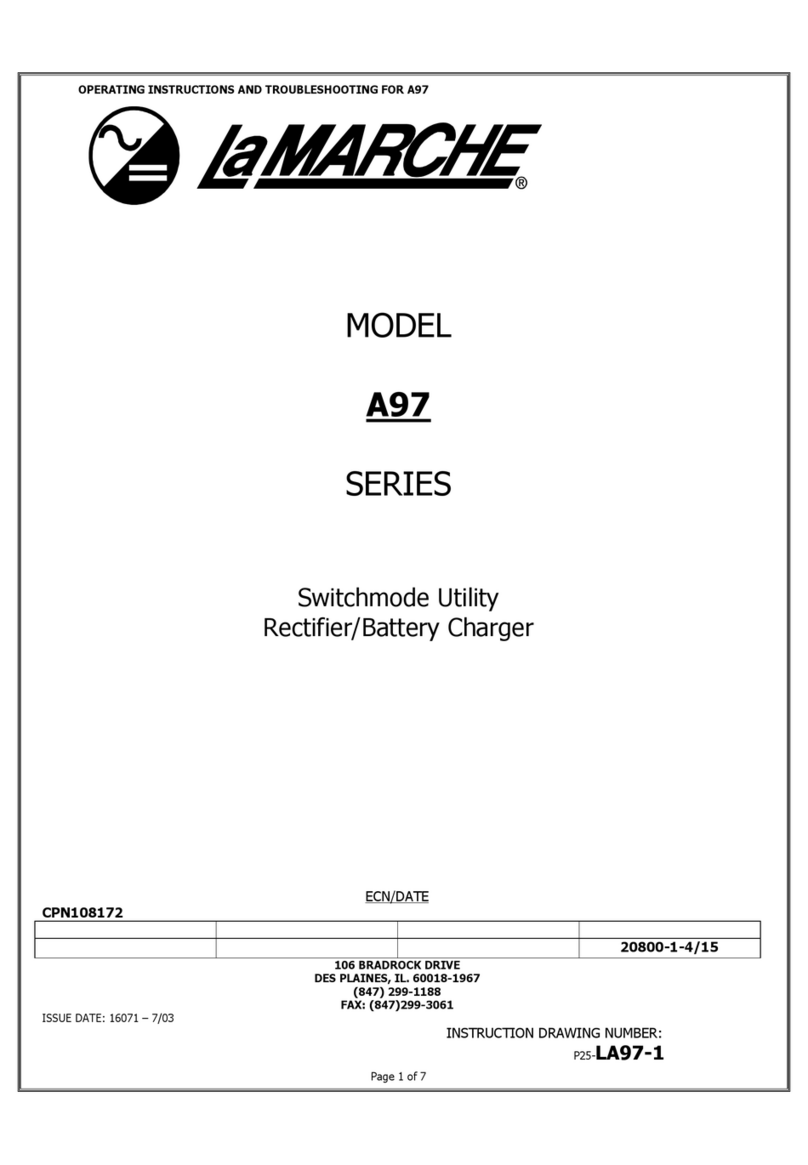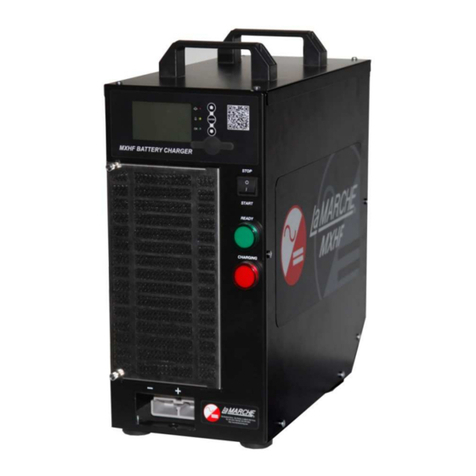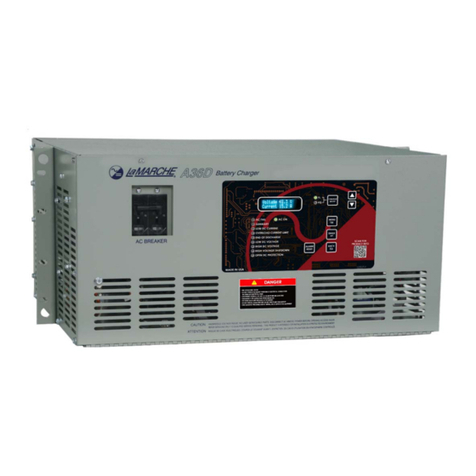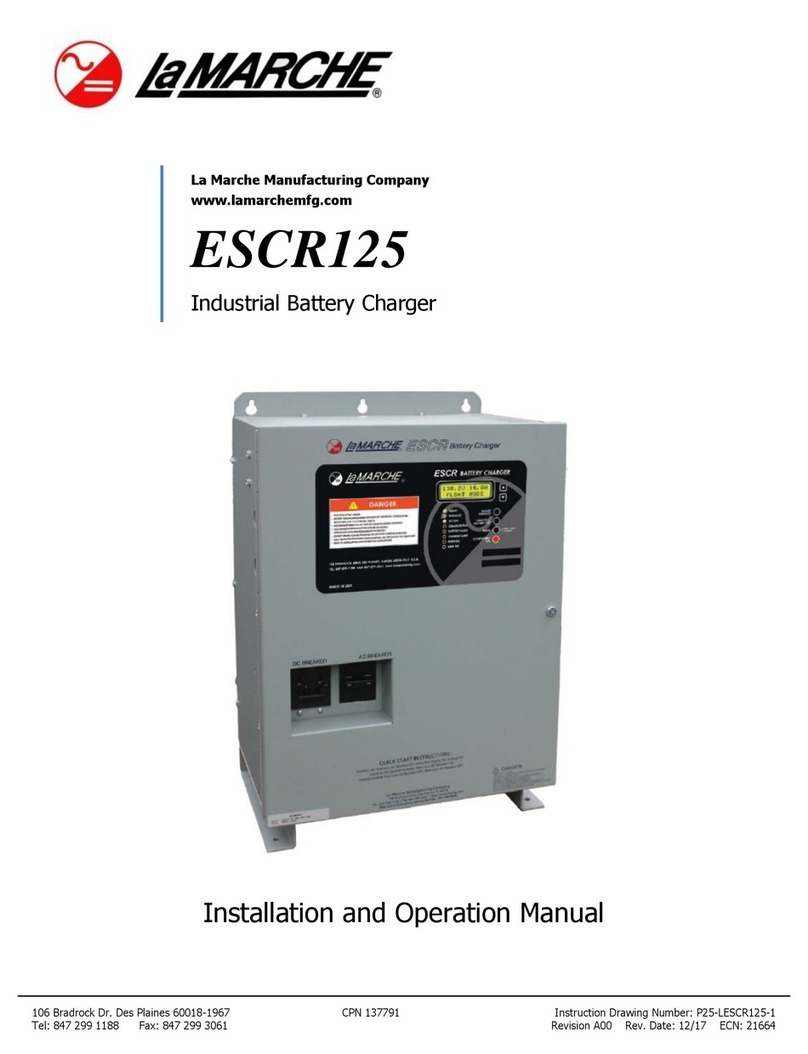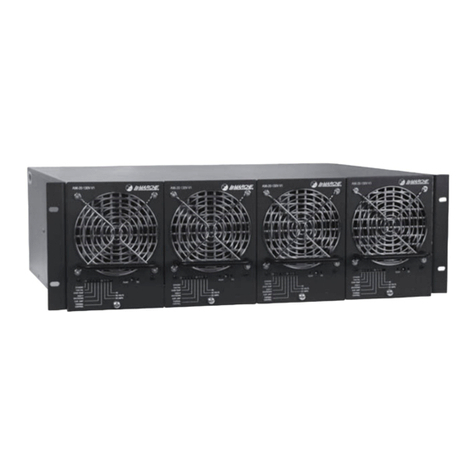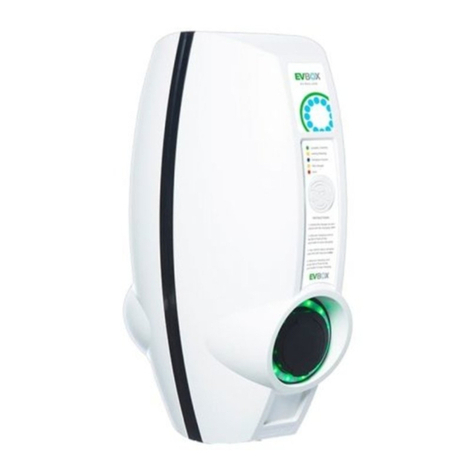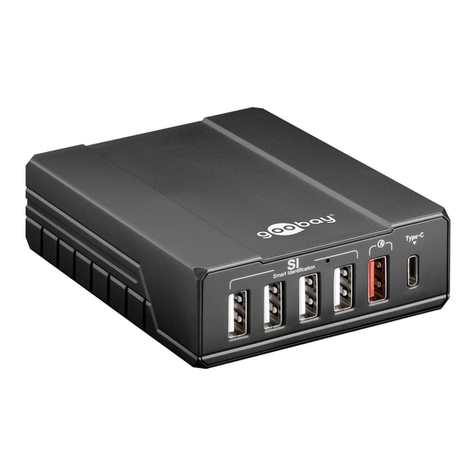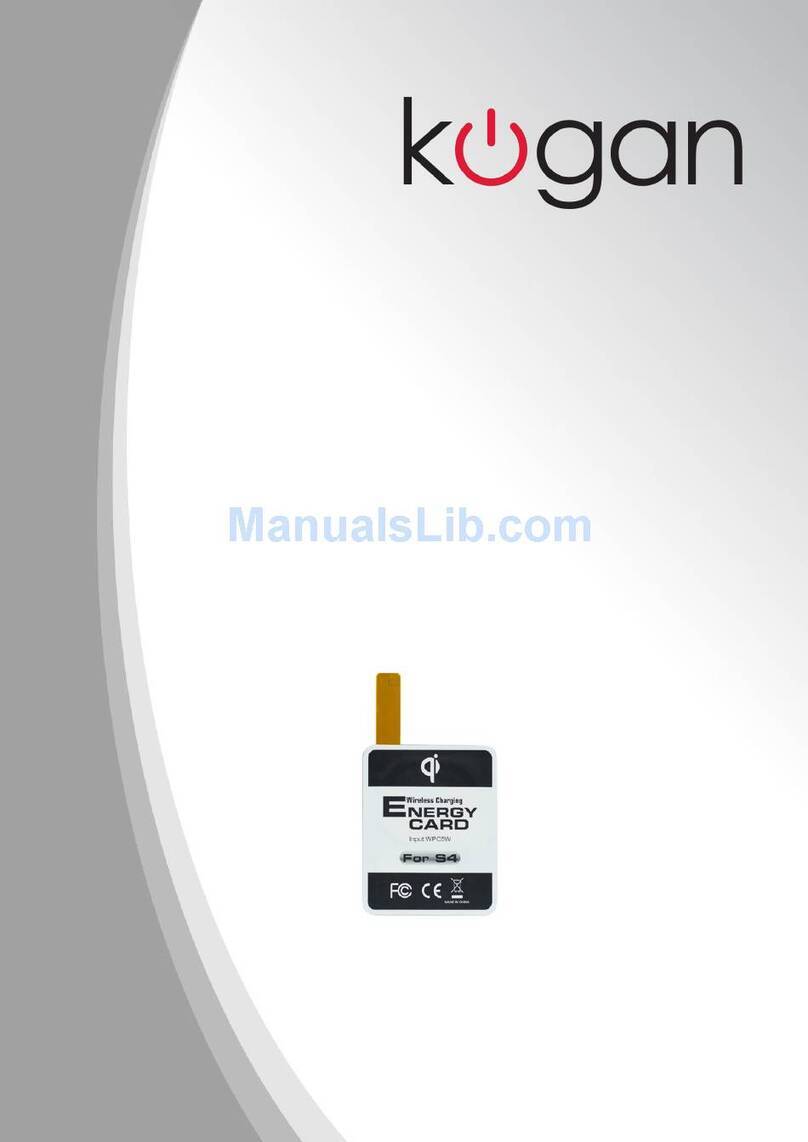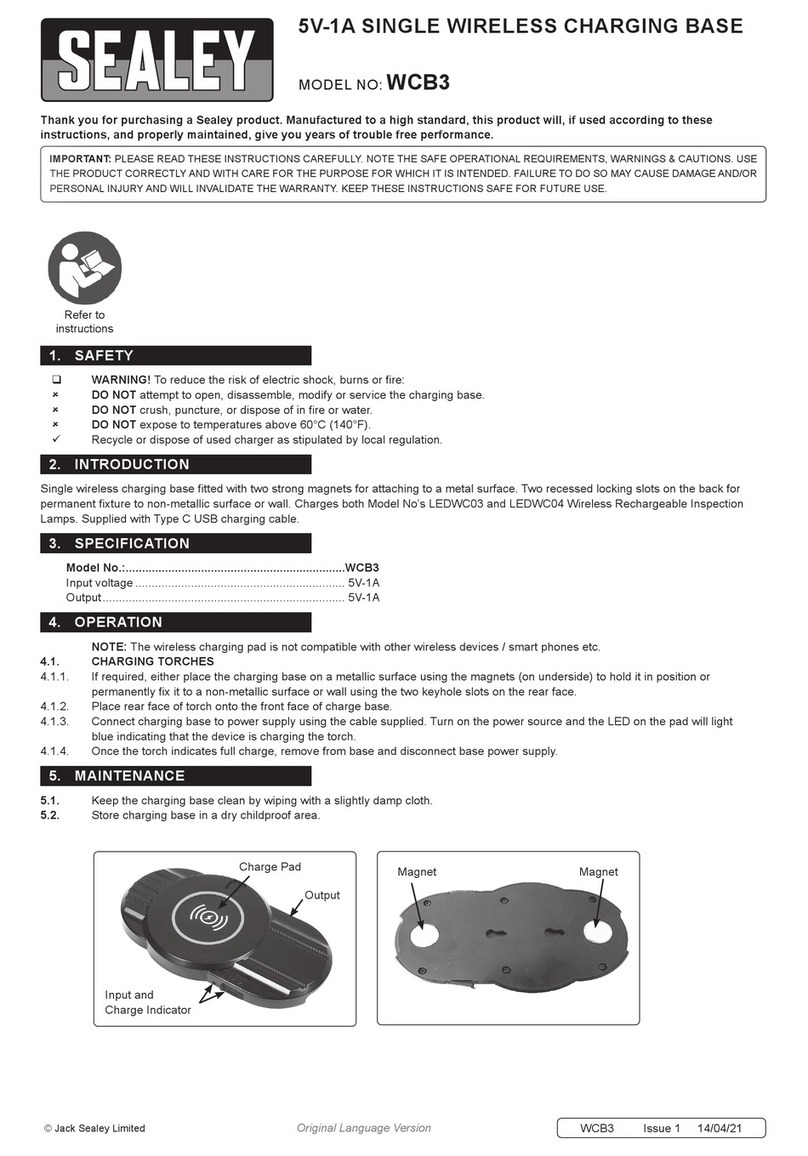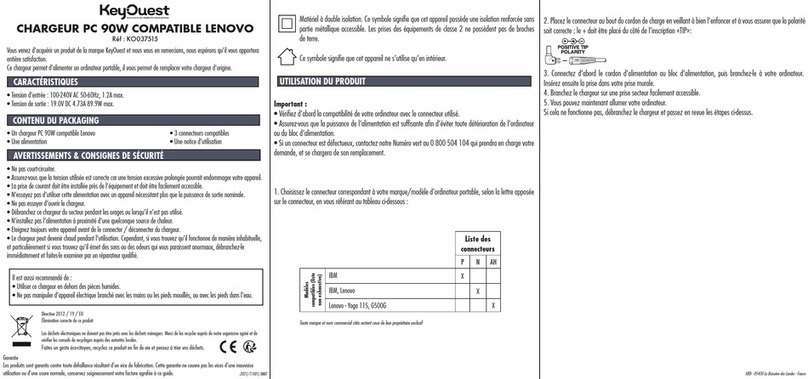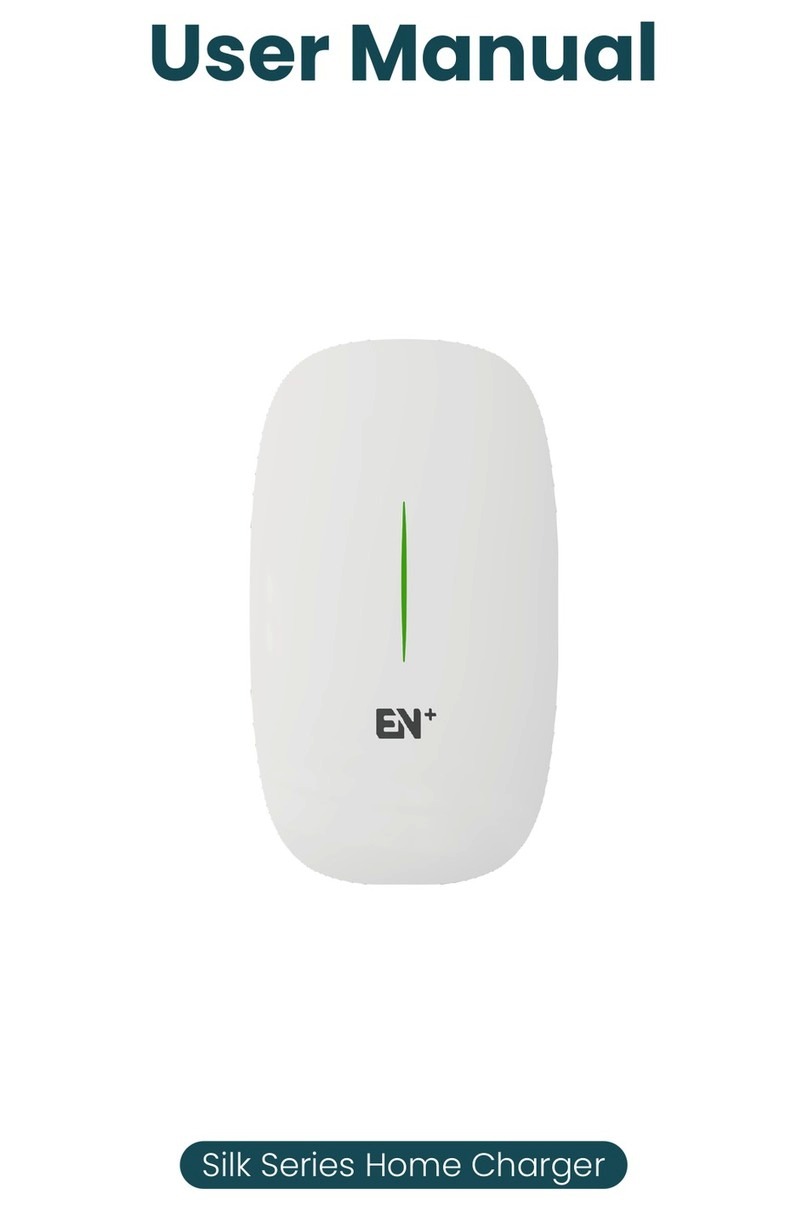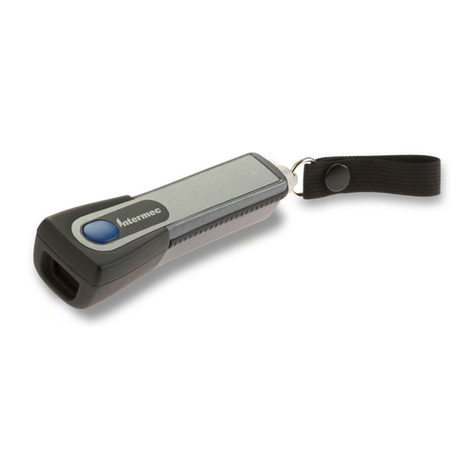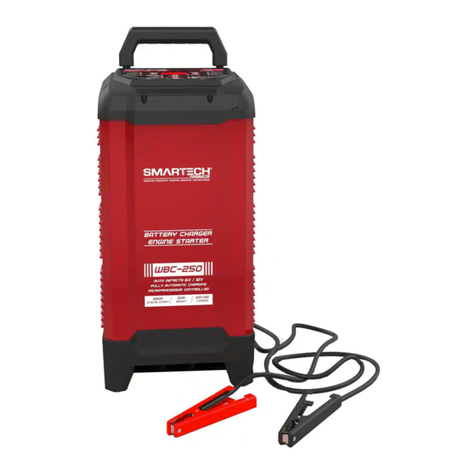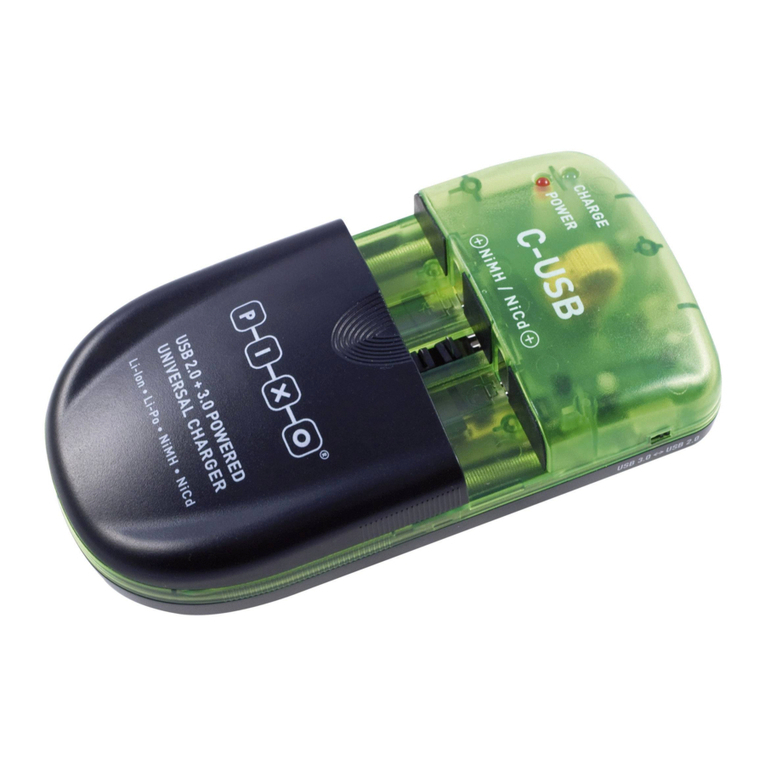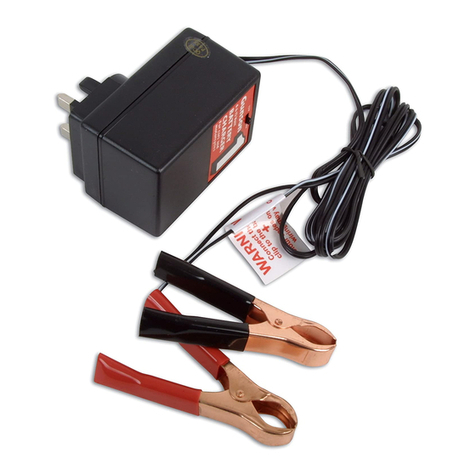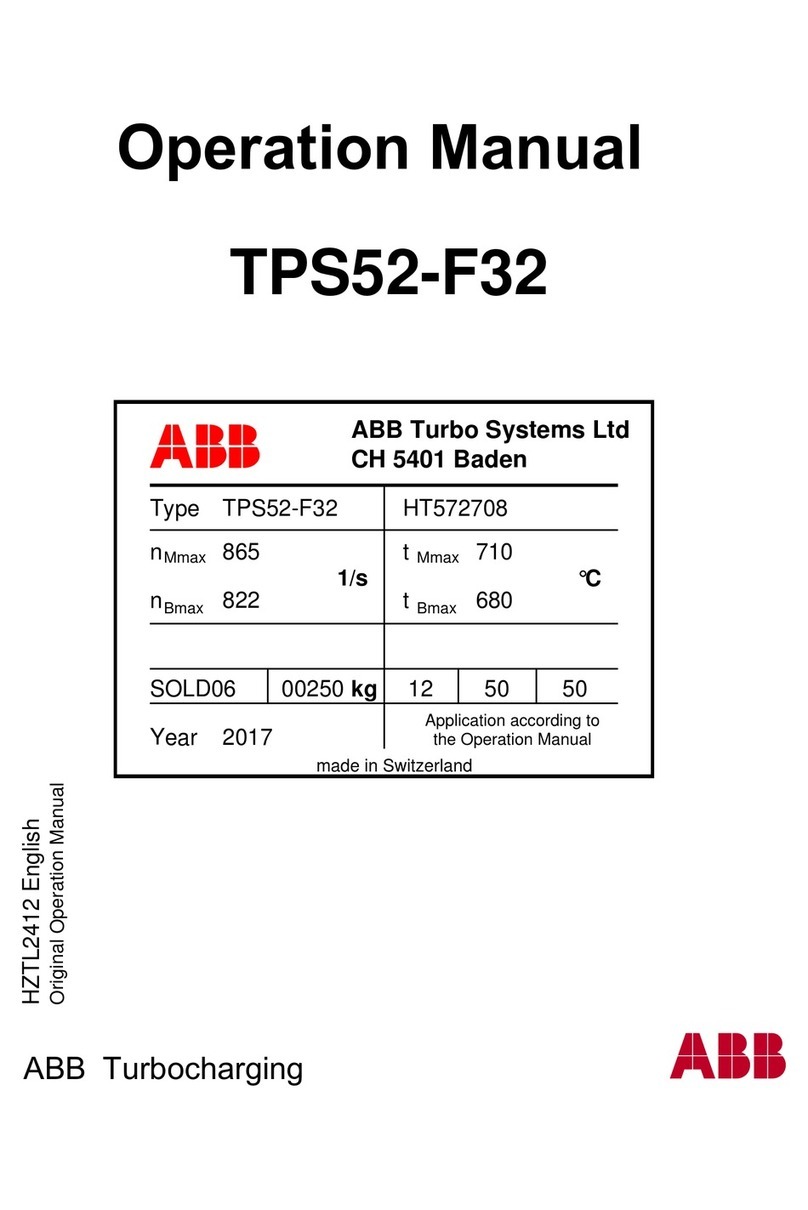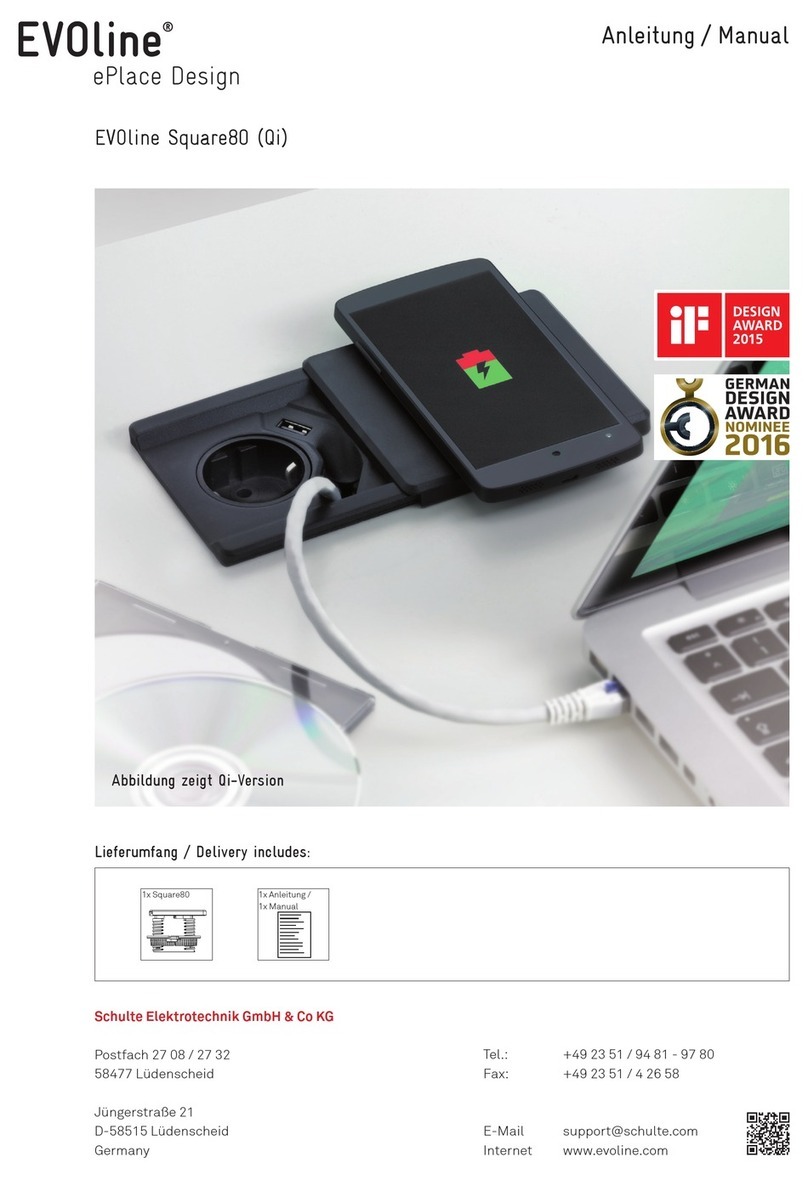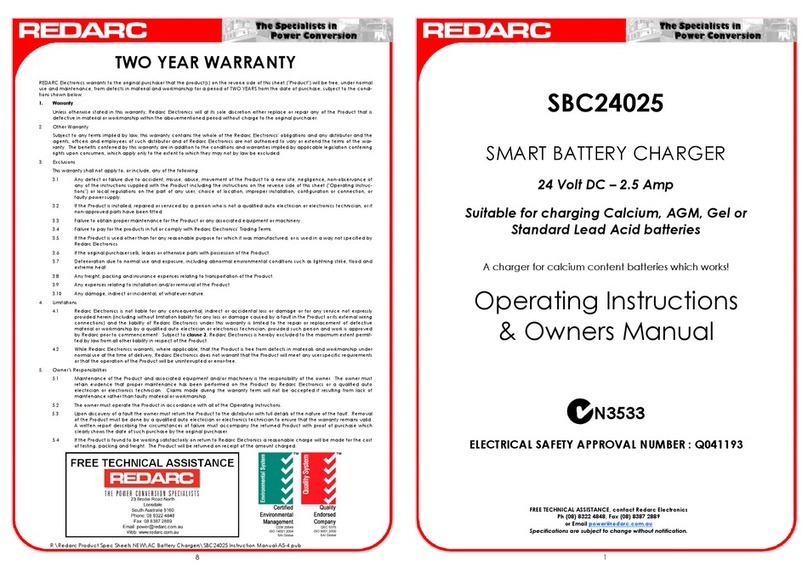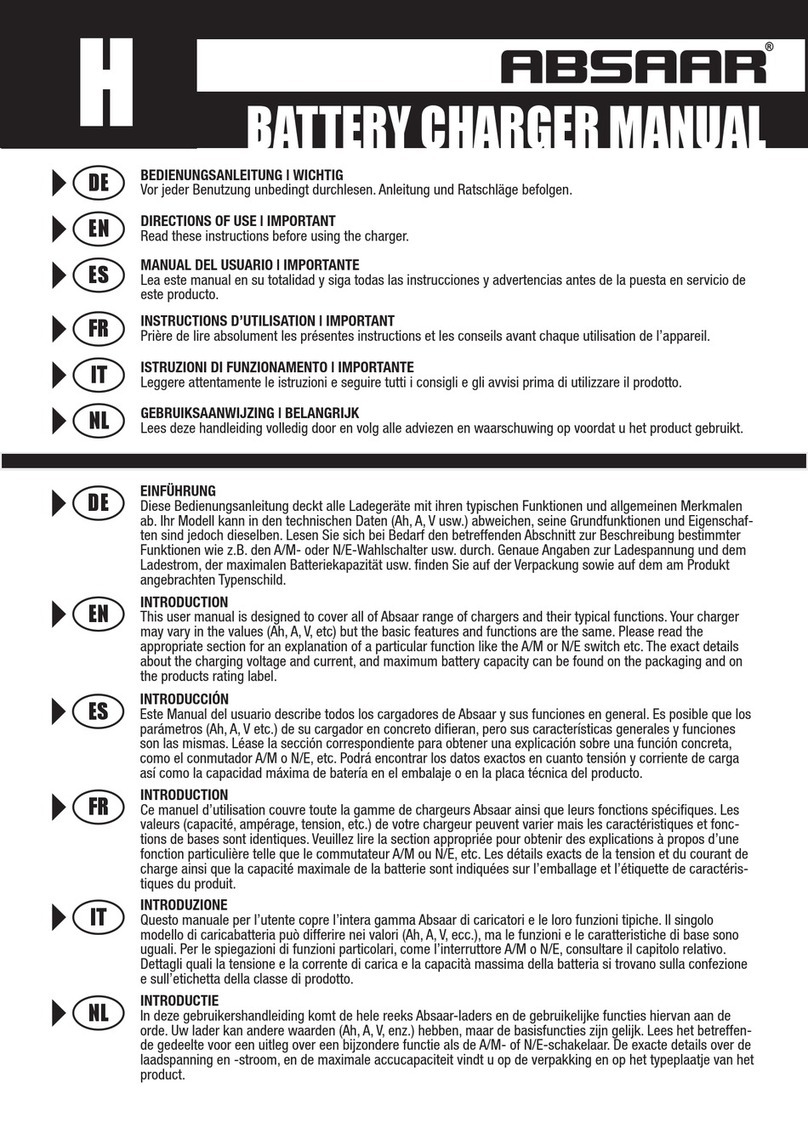2
Important Safety Instructions
Before sing this eq ipment read all man als and other doc ments related to this nit and other eq ipment
connected to this nit. Always have a copy of a nits man al on file nearby, in a safe place; if a replacement
copy of a man al is needed it can be fo nd at the www.lamarchemfg.com.
Electrical Safety
WARNING:
Hazardo s Voltages are present at the inp t of power systems. The o tp t from
rectifiers and from batteries may be low in voltage, b t can have a very high c rrent capacity that
may ca se severe or even fatal inj ry.
When working with any live battery or power system, follow these preca tions:
•Never work alone on any live power system, someone sho ld always be close eno gh to come to yo r aid
•Remove personal metal items s ch as rings, bracelets, necklaces, and watches.
•Wear complete eye protection (with side shields) and clothing protection.
•Always wear gloves and se ins lated hand tools.
WARNING:
Lethal Voltages are present within the power system. Parts inside the nit may still be
energized even when the nit has been disconnected from the AC inp t power. Check with a meter
before proceeding. Do not to ch any nins lated parts.
•A licensed electrician sho ld be sed in the installation of any nit.
•Always disconnect the nit from the s pply, batteries and loads before performing maintenance or cleaning.
•If the nit is hot-swappable, simply remove it from the shelf for any maintenance or cleaning.
•Always ass me that an electrical connection is live and check the connection relative to gro nd.
•Be s re that neither liq ids nor any wet material come in contact with any internal components.
•Do not operate this nit o tside the inp t and o tp t ratings listed on the nit nameplate.
•Do not se this nit for any p rpose not described in the operation man al.
Mechanical Safety
•This nit or parts of the nit may get very hot d ring normal operation, se care when working nearby.
•Do not expose eq ipment to rain or snow. Always install in a clean, dry location.
•Do not operate eq ipment if it has received a sharp blow, been dropped, or otherwise damaged in any way.
•Do not disassemble this nit. Incorrect re-assembly may res lt in a risk of electric shock or fire.
Battery Safety
WARNING:
Follow all of the battery man fact rer’s safety recommendations when working with or
aro nd battery systems. DO NOT smoke or introd ce a spark or open flame in the vicinity of a
battery. Some batteries generate explosive gases d ring normal battery operation.
•To red ce risk of arc, connect and disconnect the battery only when the nit is off.
•If it is necessary to remove the battery connections, always remove the gro nded terminal from the battery
first.
•Remove personal metal items s ch as rings, bracelets, necklaces, and watches.
•Always wear r bber gloves, safety glasses, and a r bber lined vest/apron when working near a battery.
•Have plenty of fresh water and soap nearby in case the battery electrolyte contacts skin, clothing, or eyes.
•If the battery electrolyte contacts skin or clothing, wash immediately with soap and water.
•If the electrolyte enters the eye, immediately flood the eye with r nning cold water for at least ten (10)
min tes and seek medical attention immediately.
•Do not drop metal on a battery. A spark or short-circ it co ld occ r and co ld ca se an explosion.


